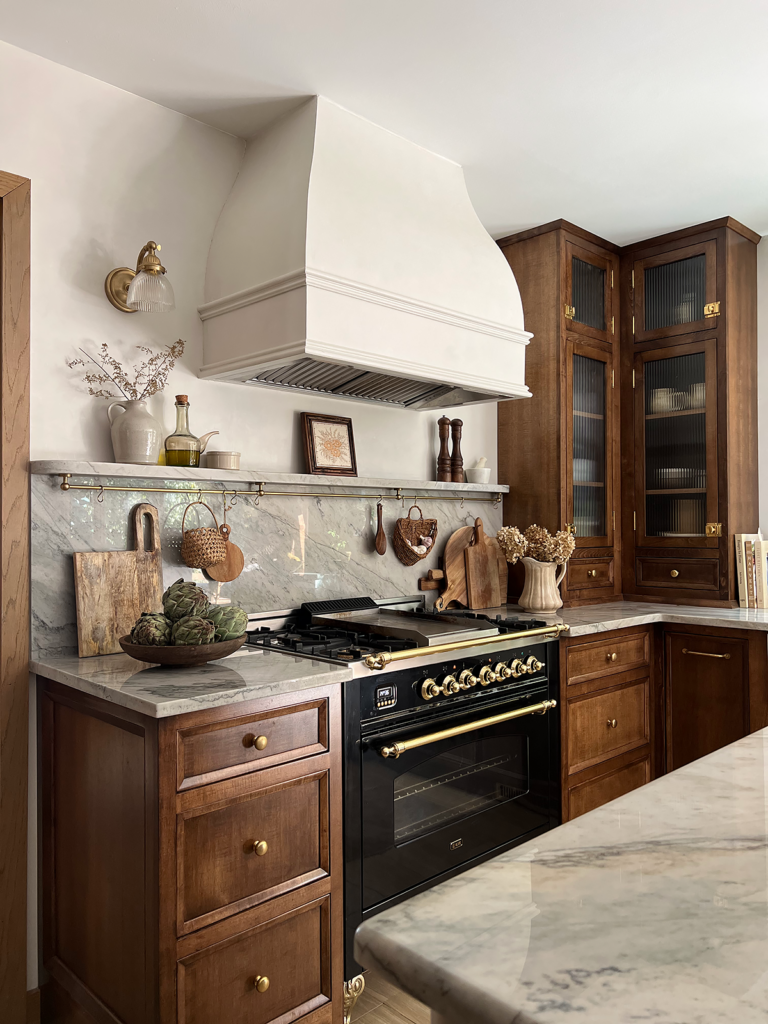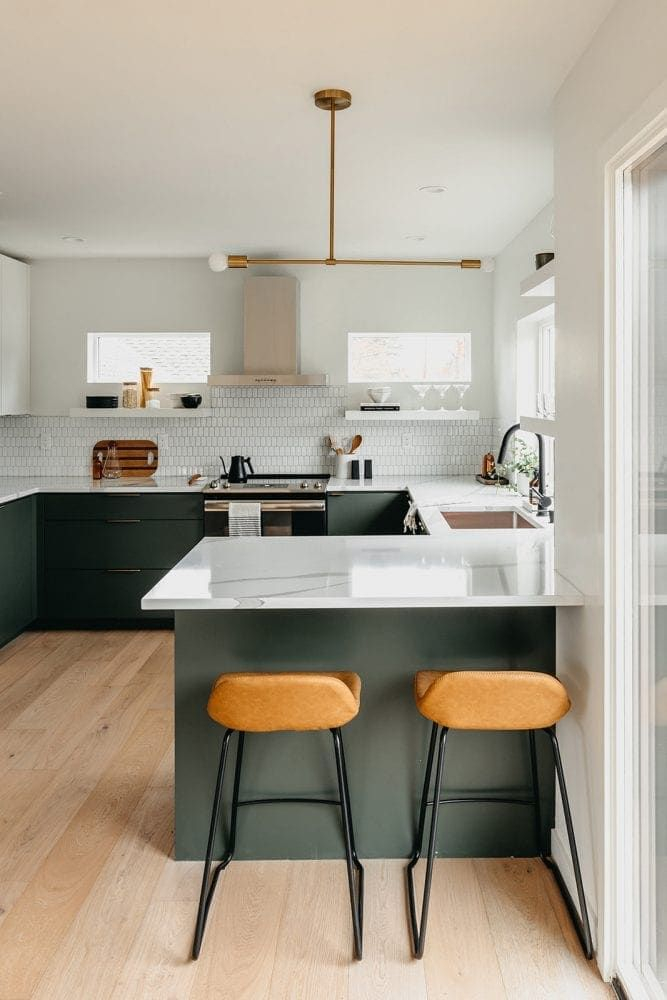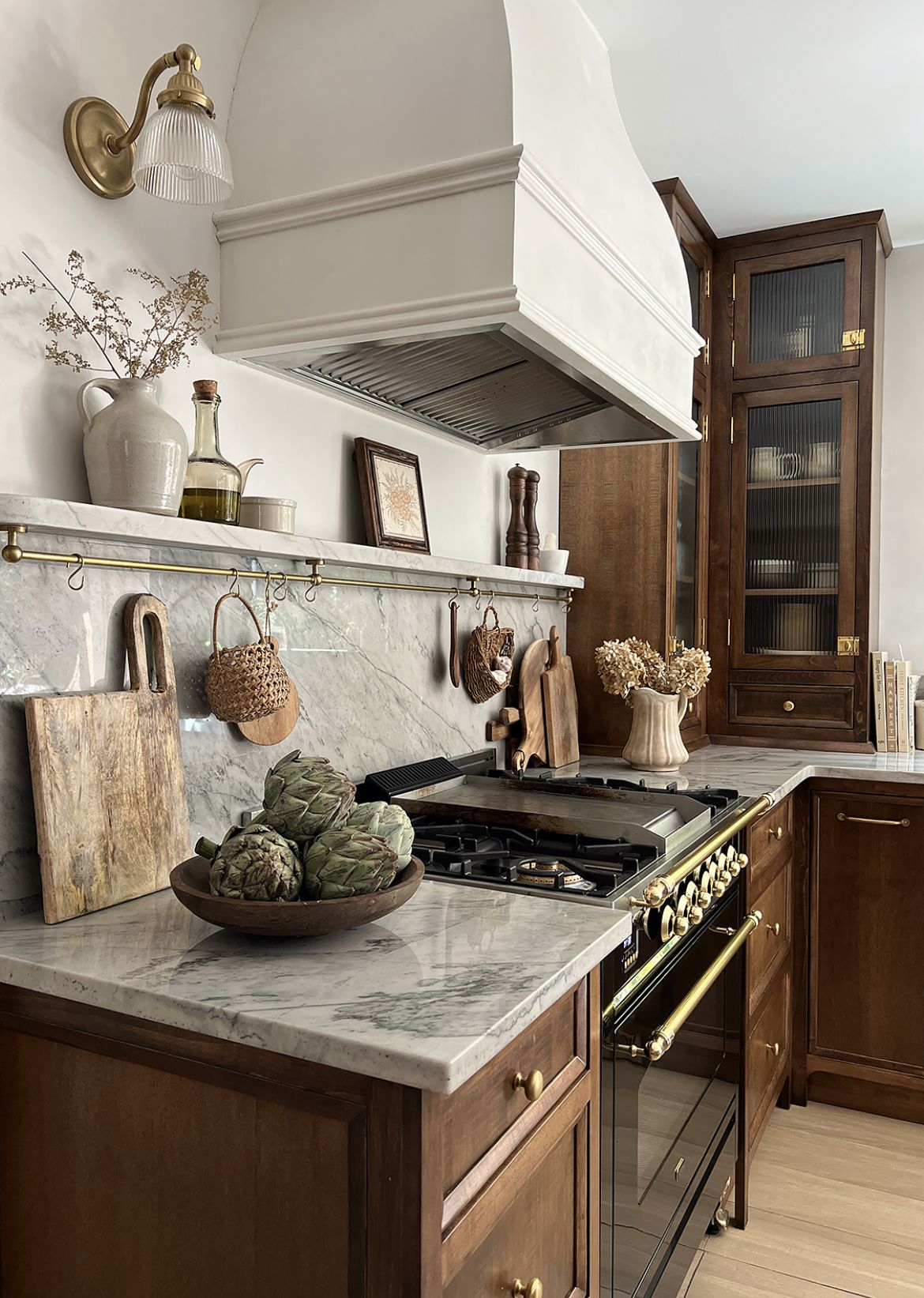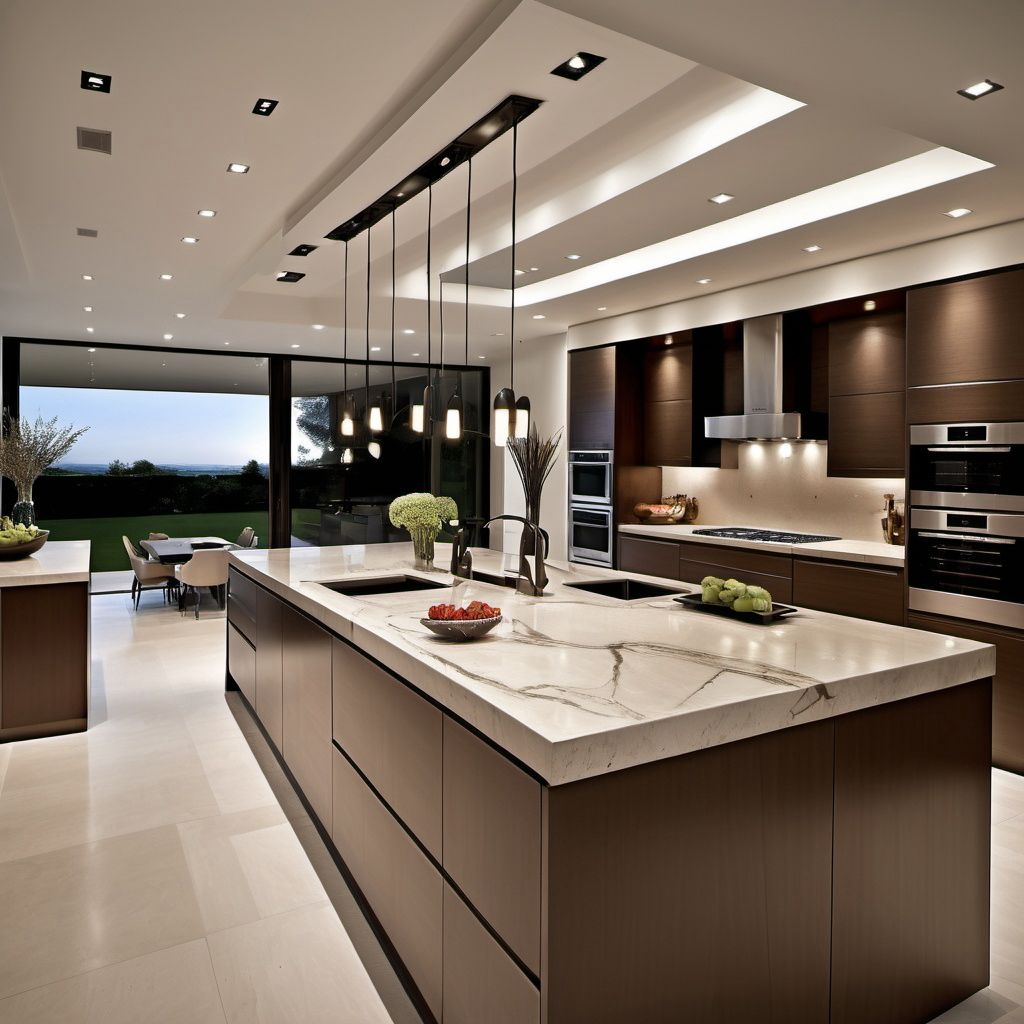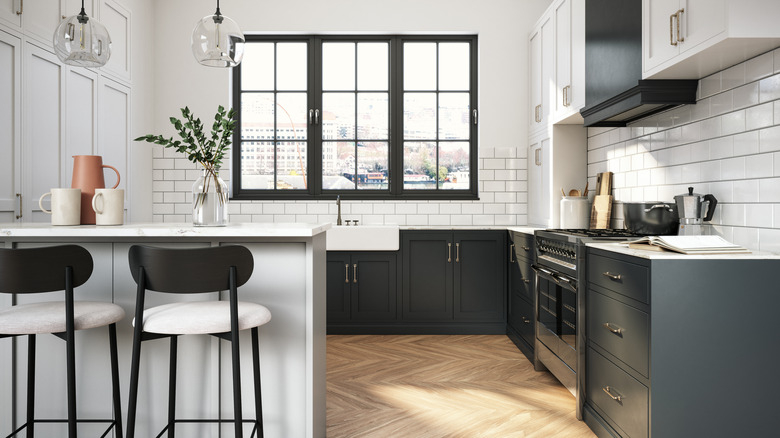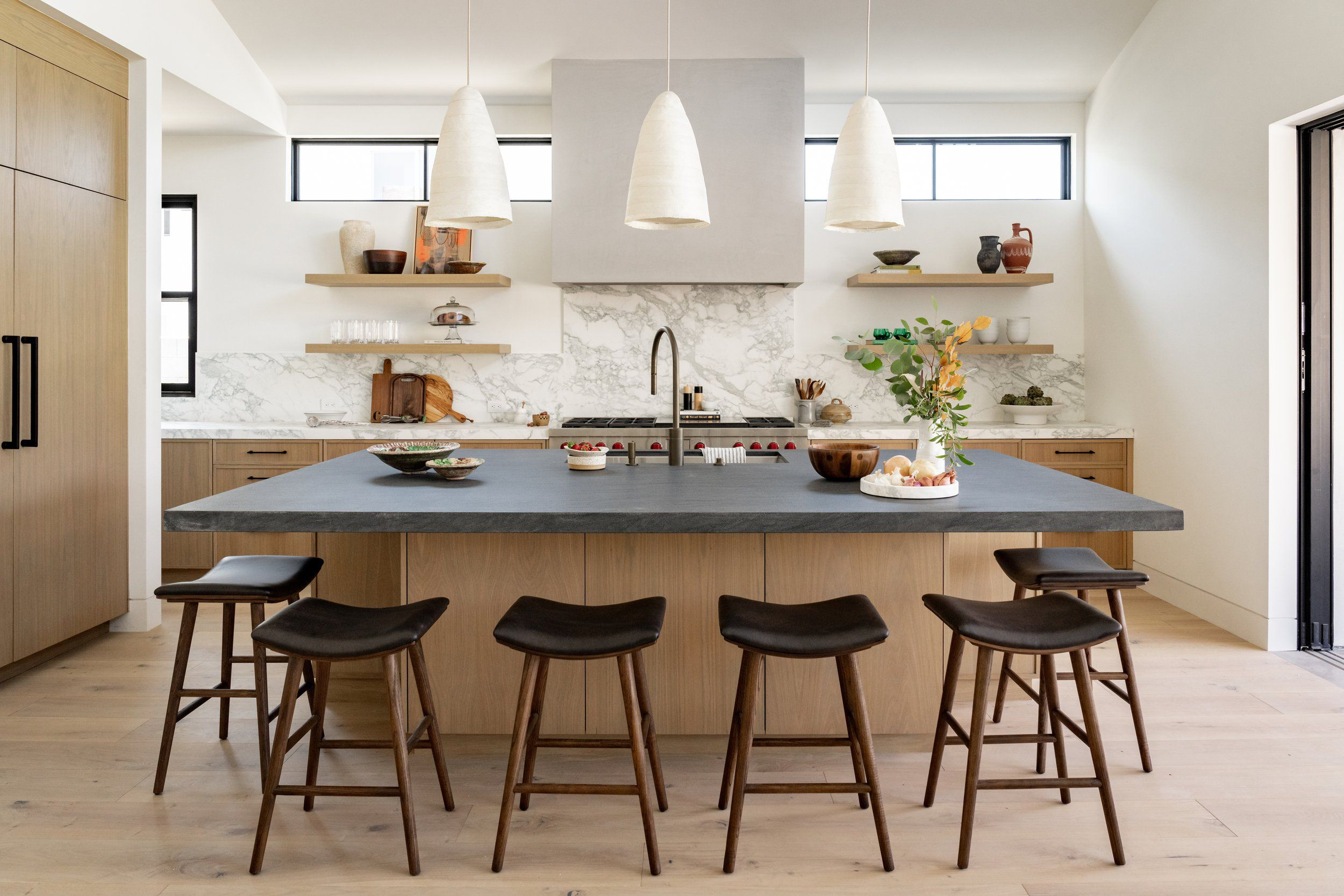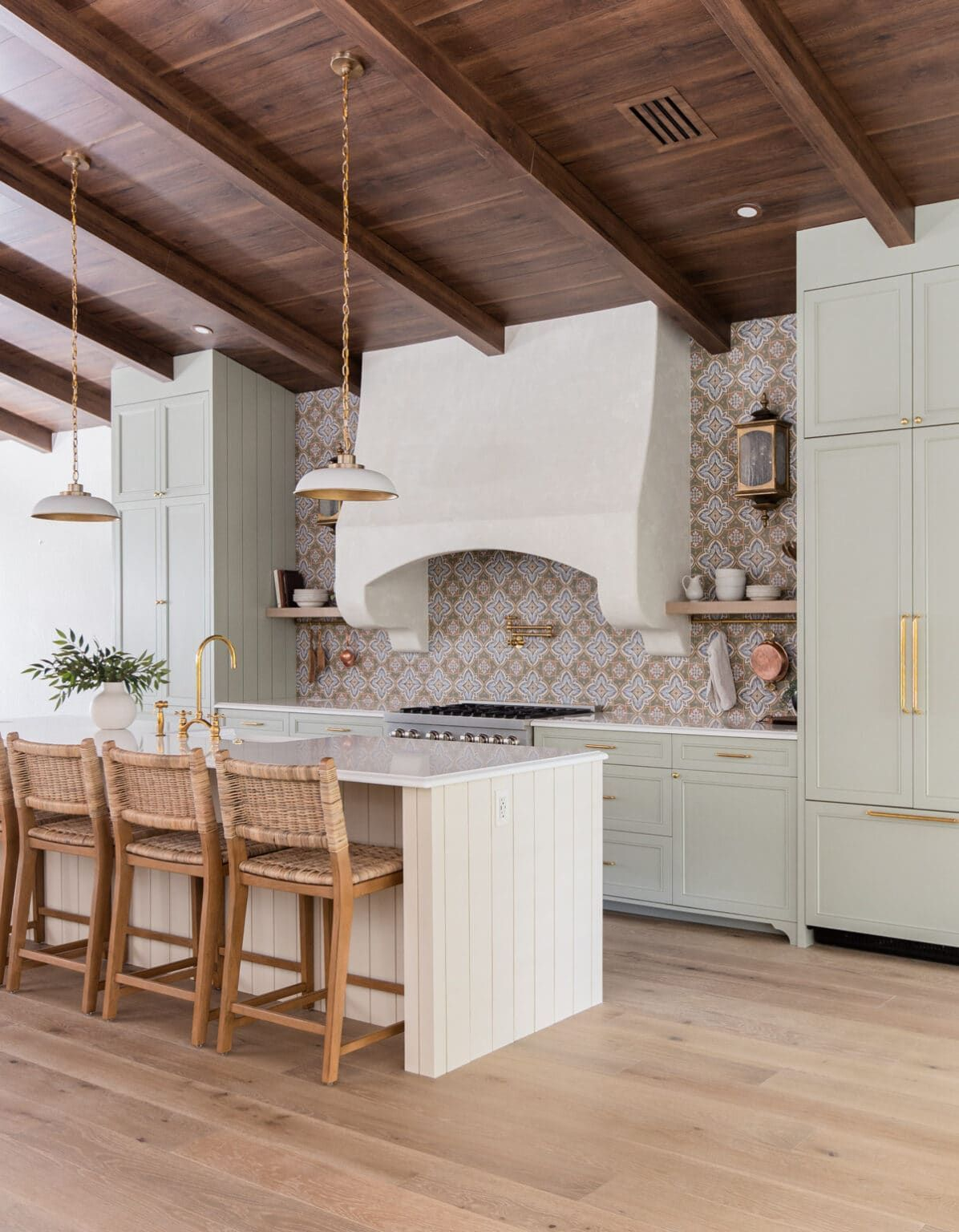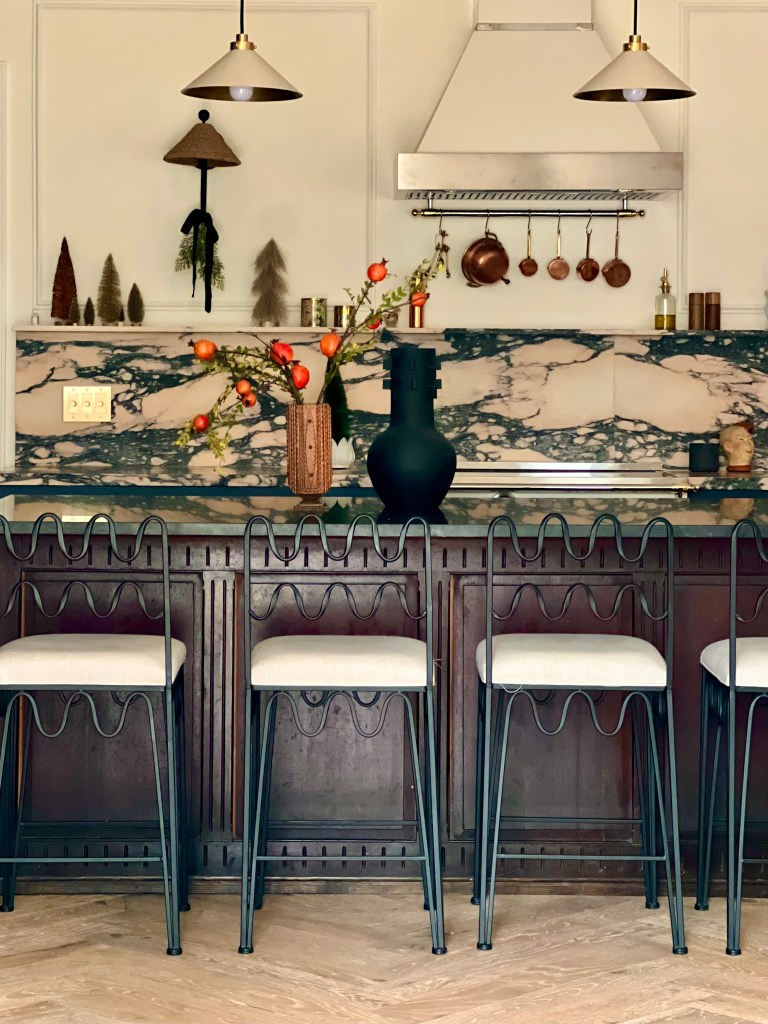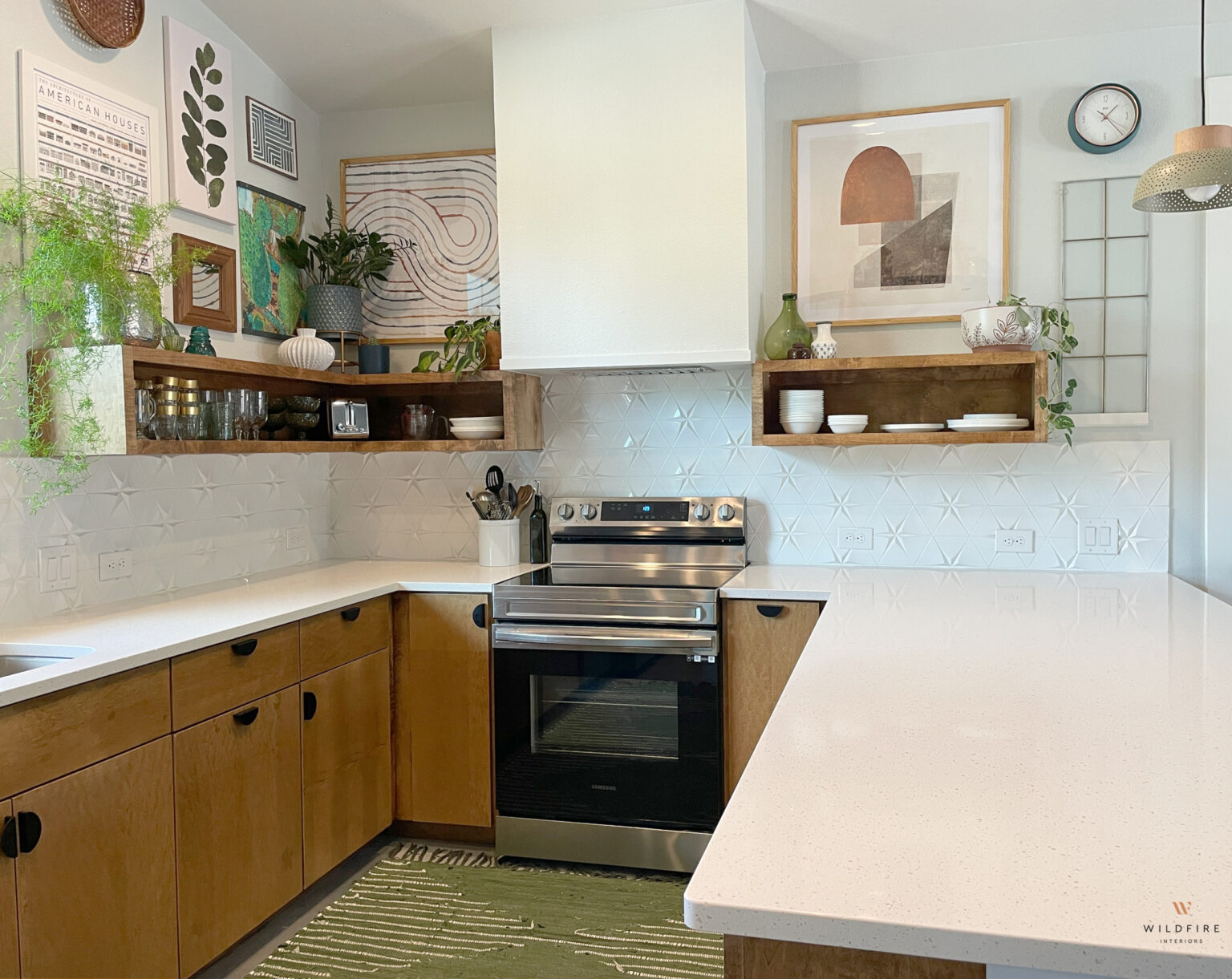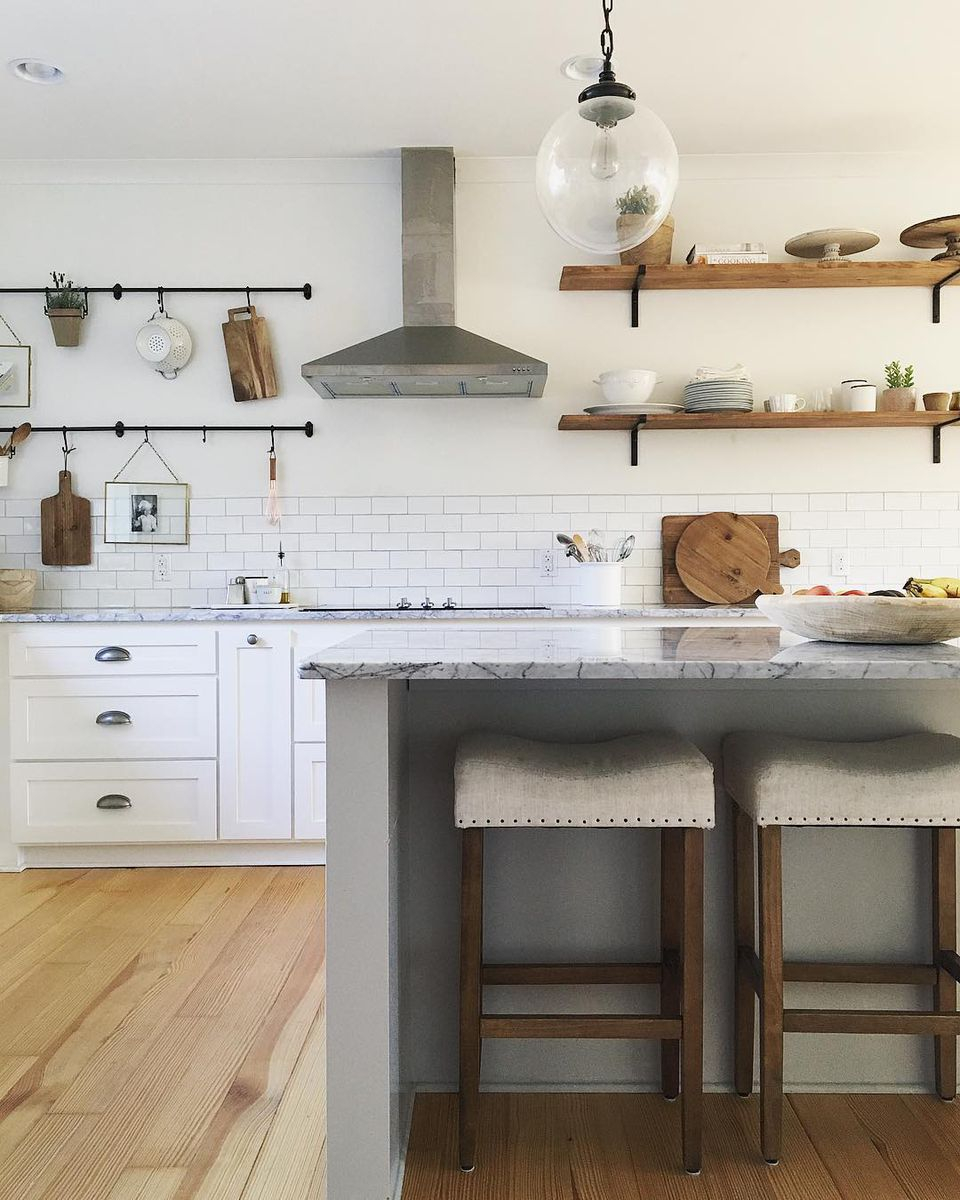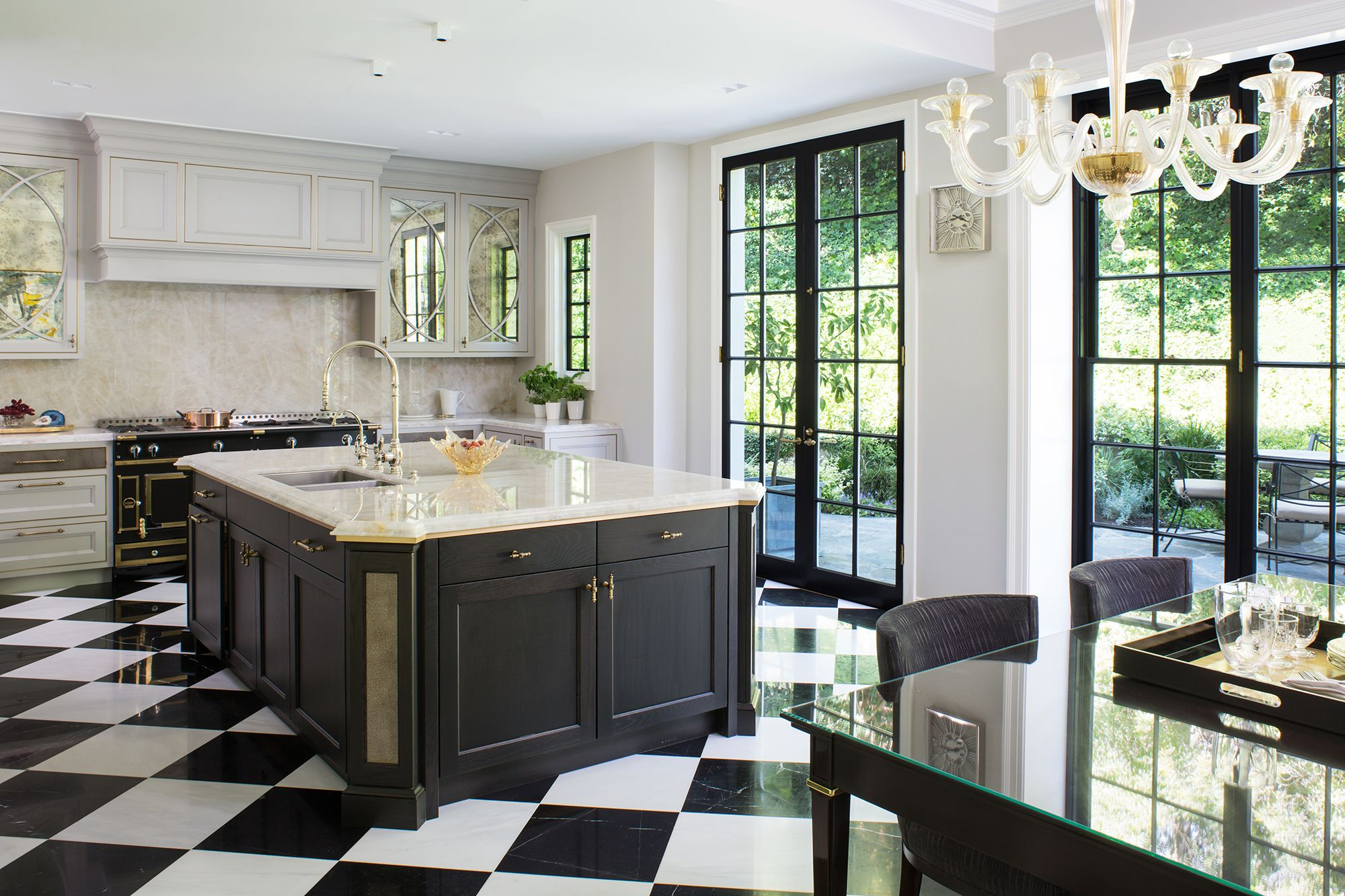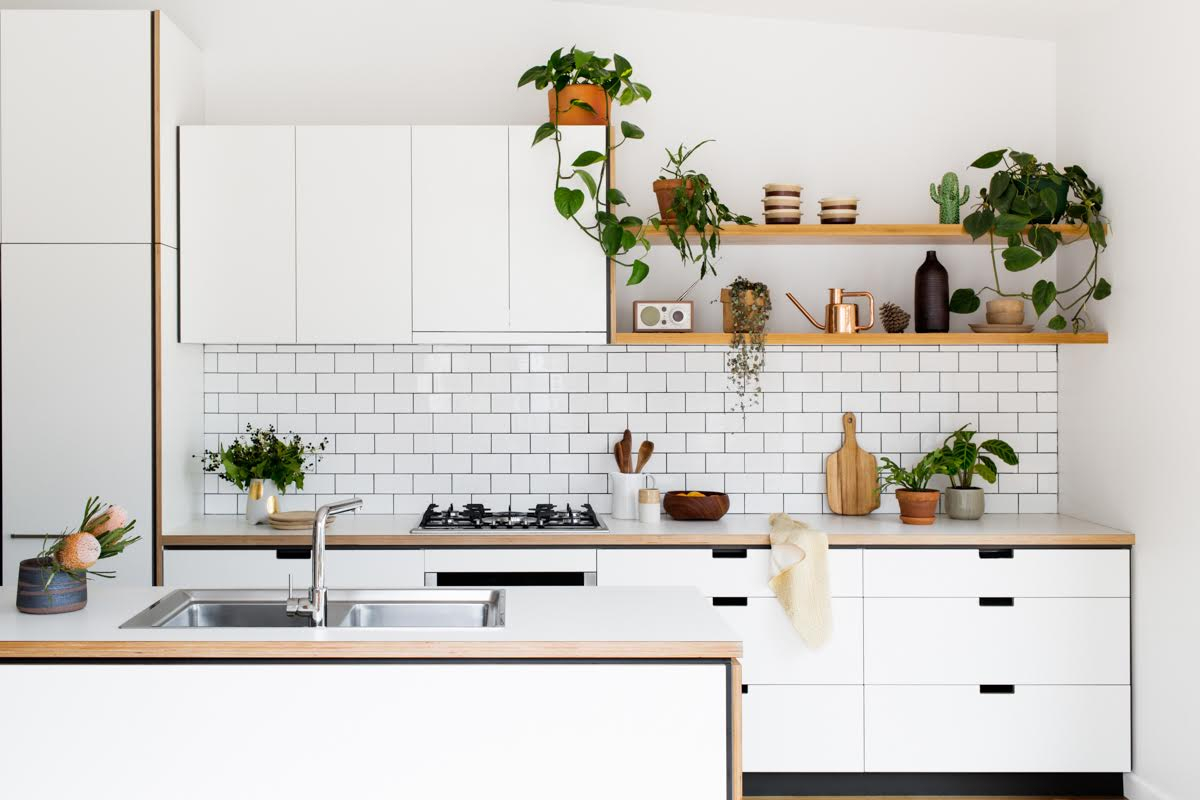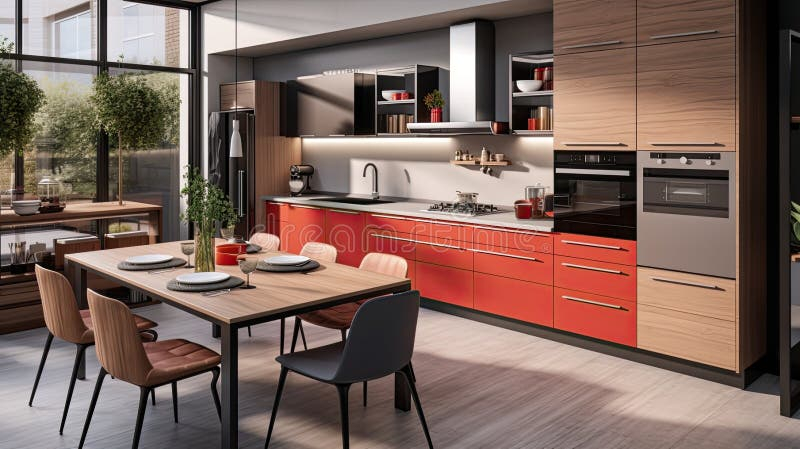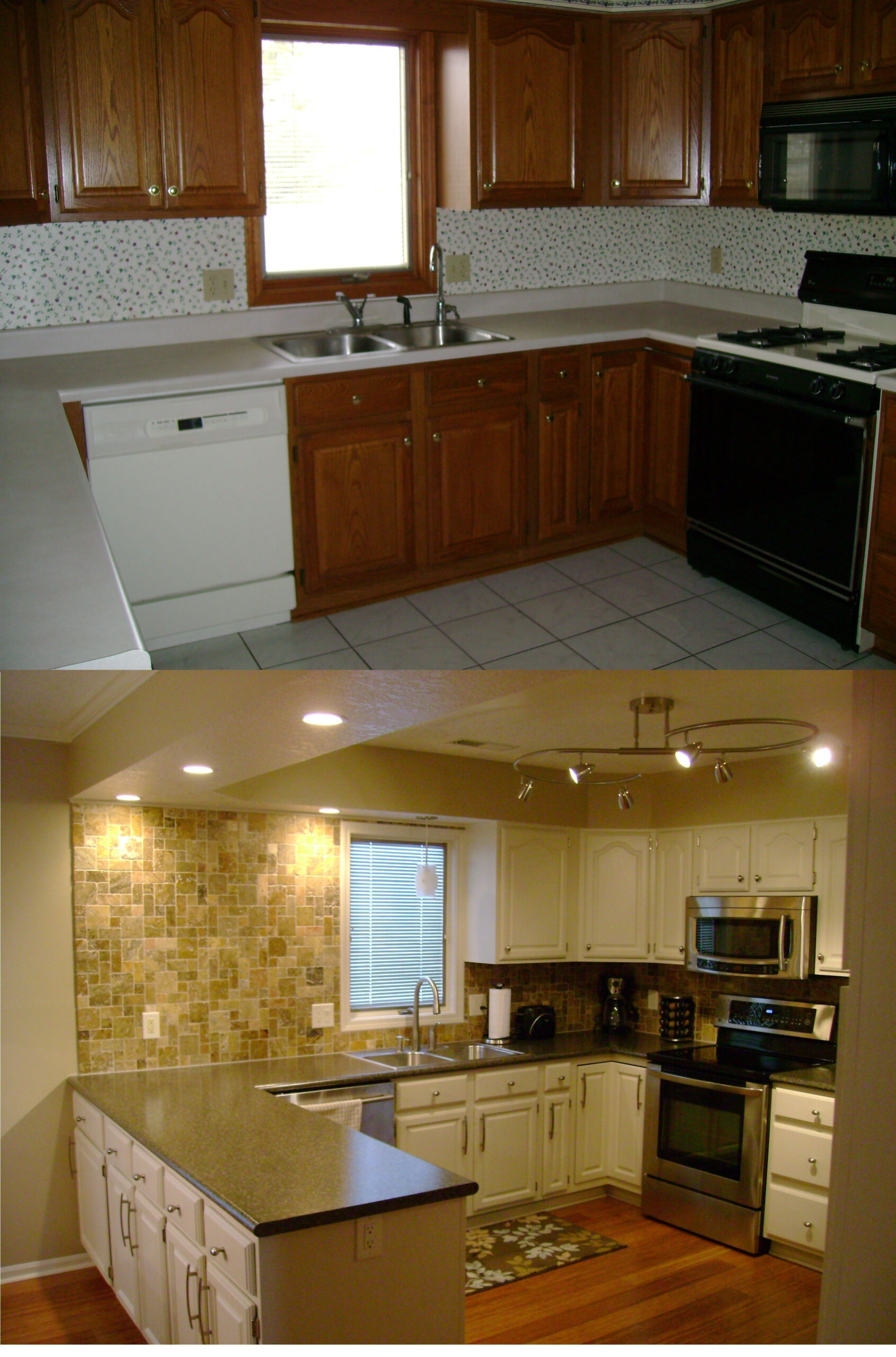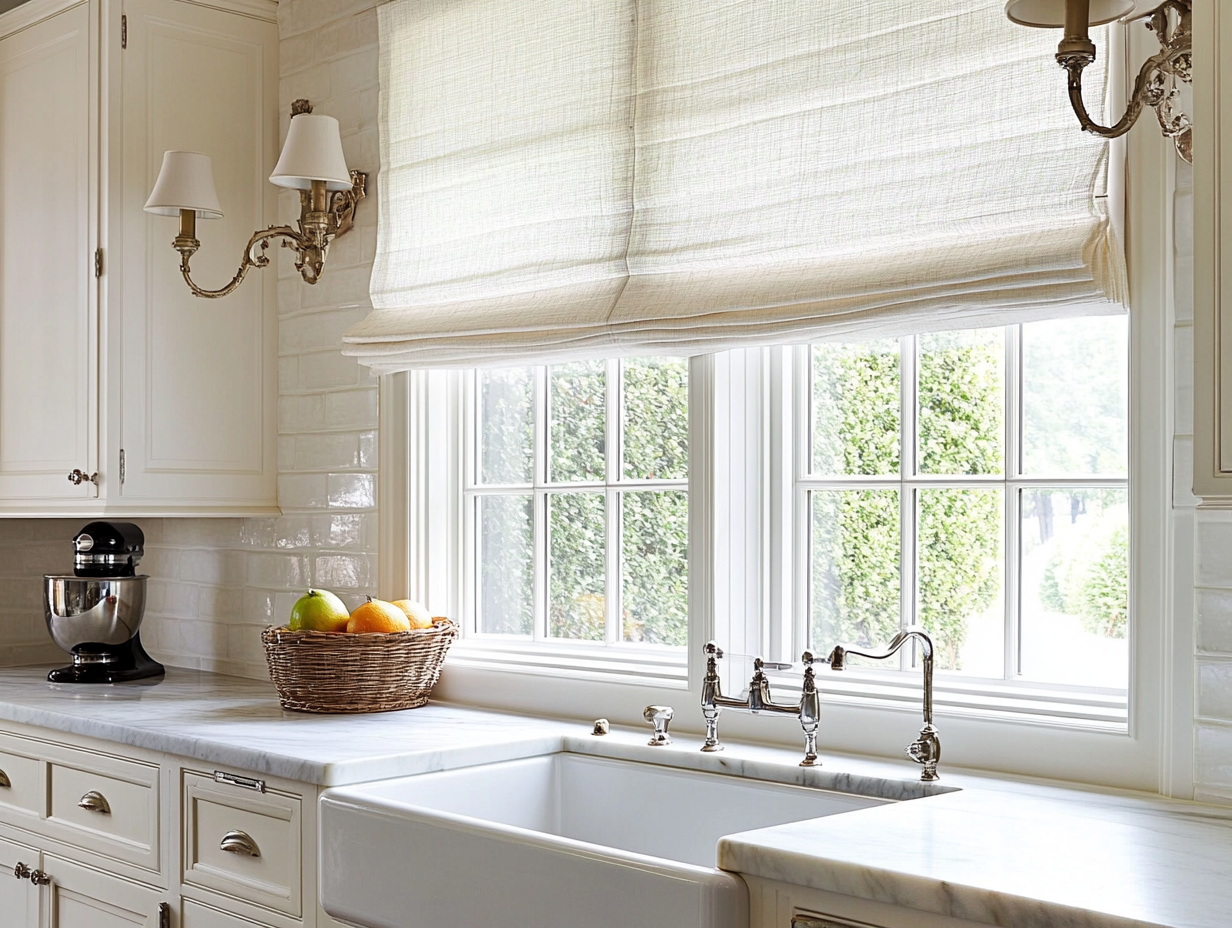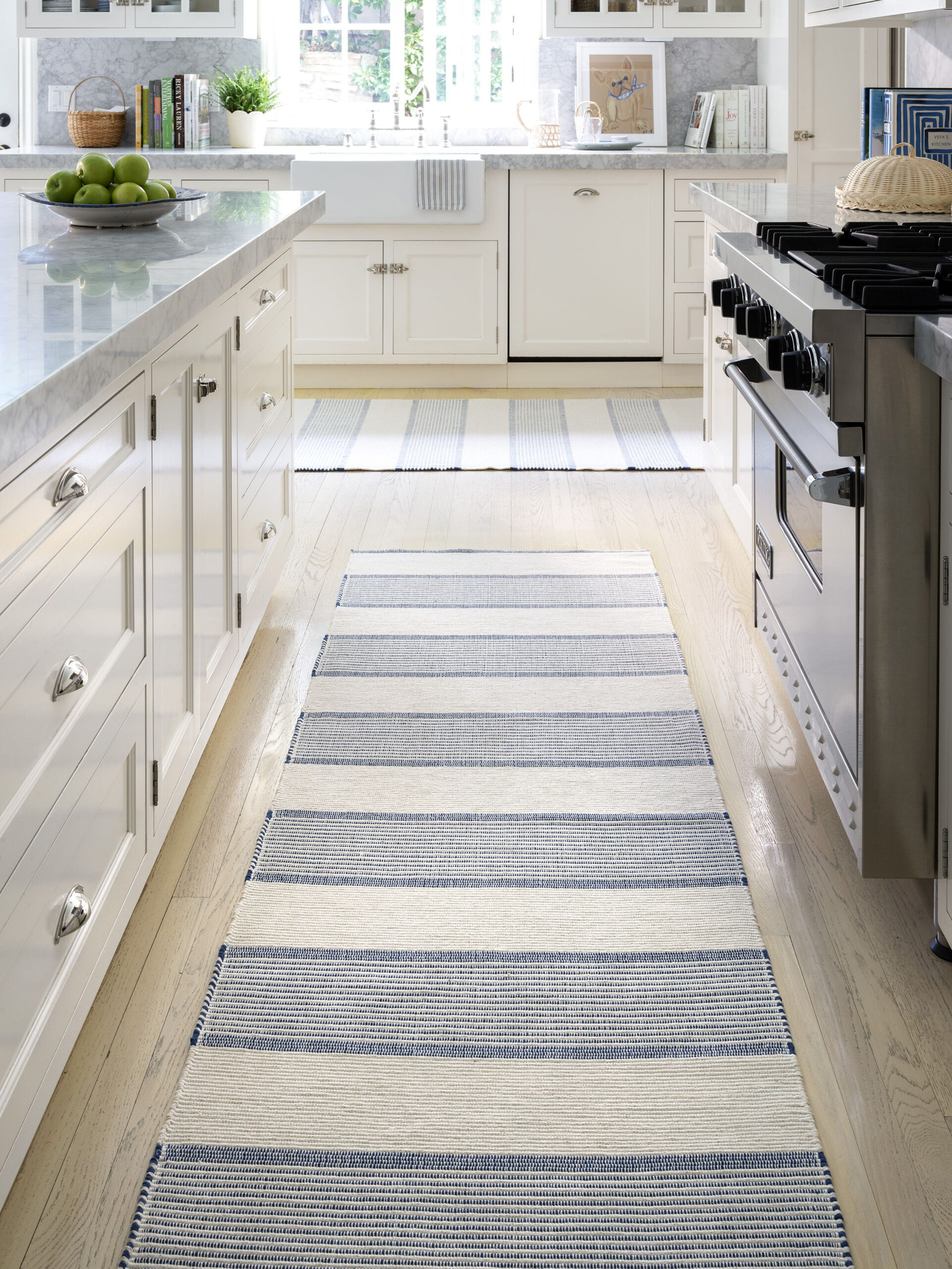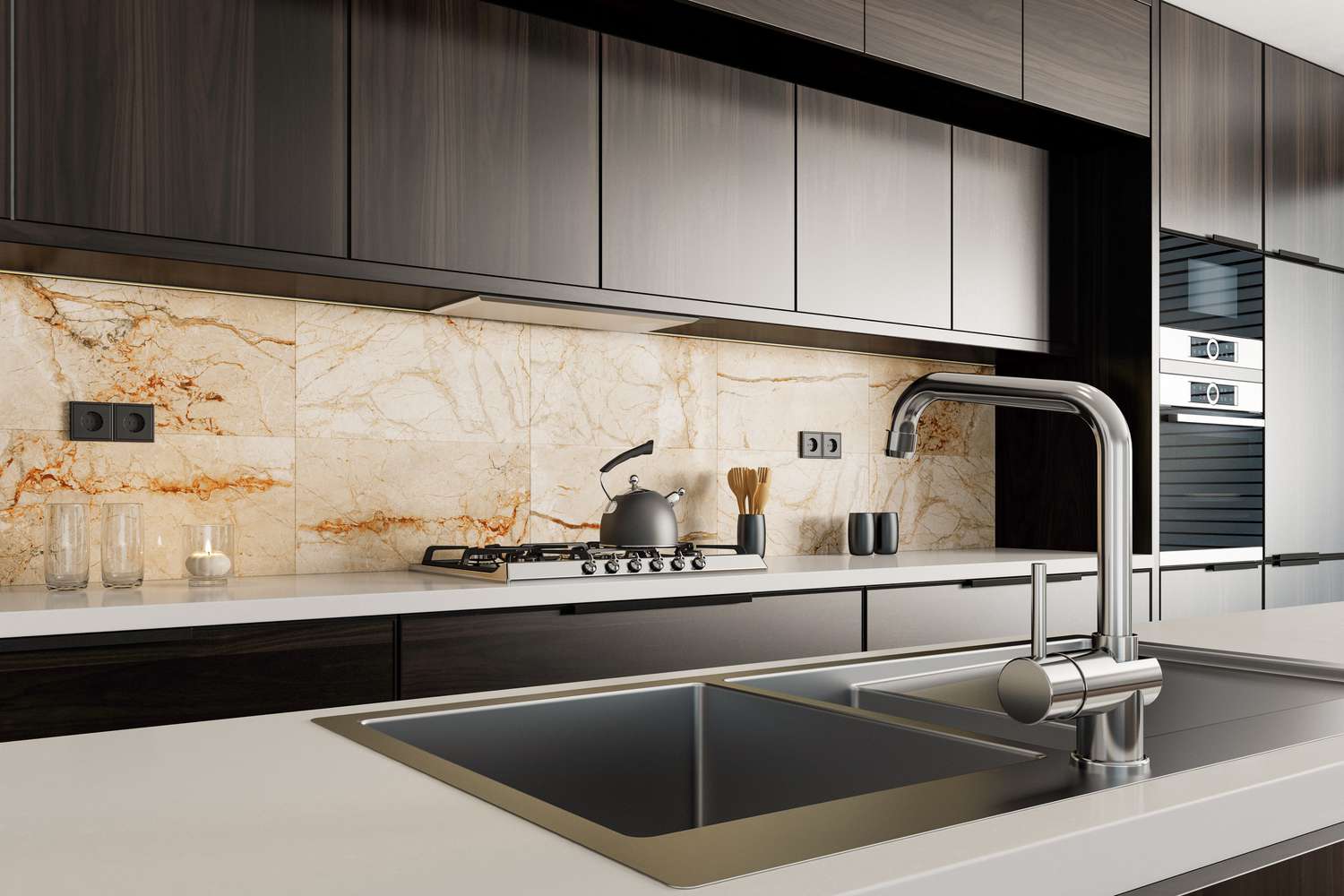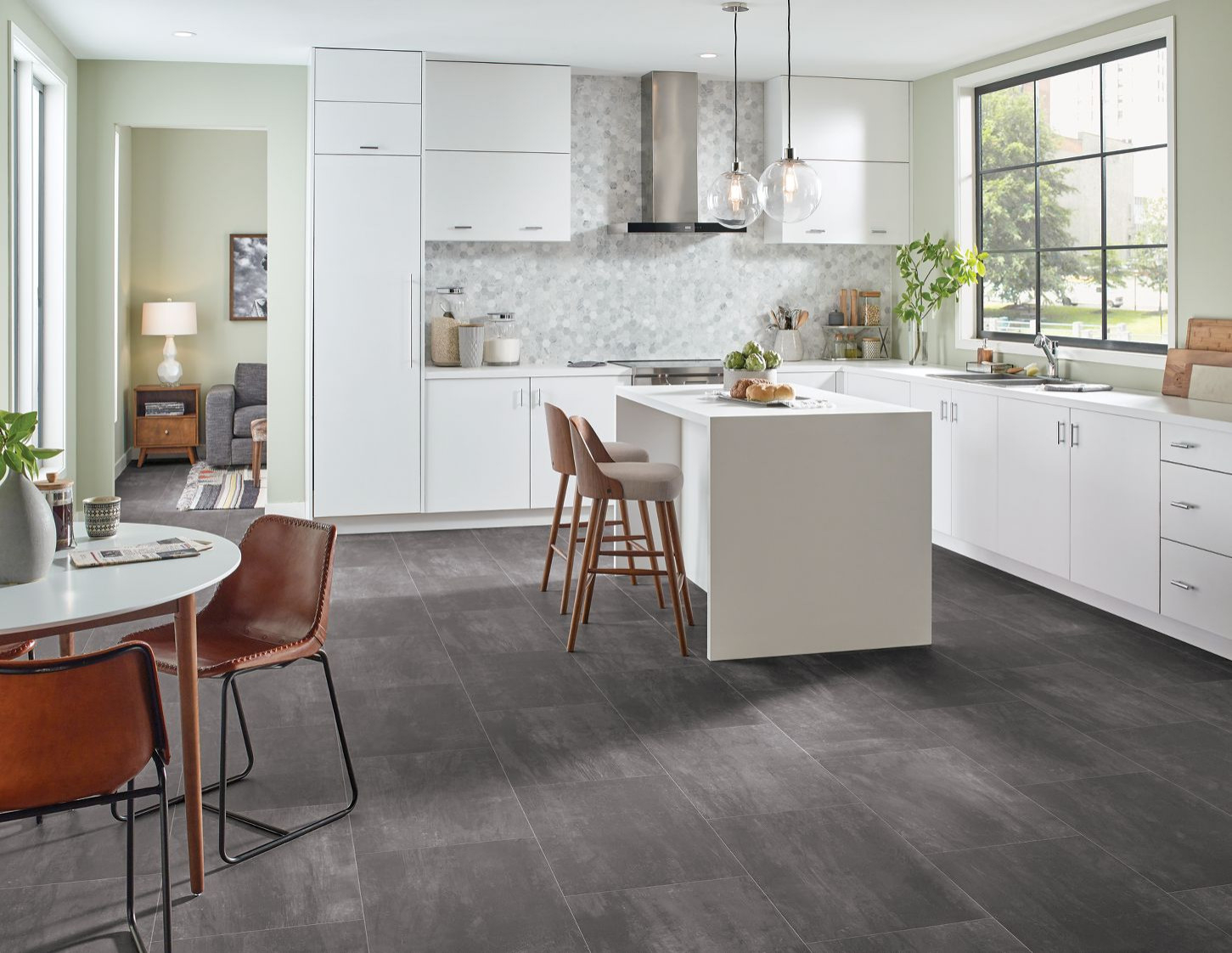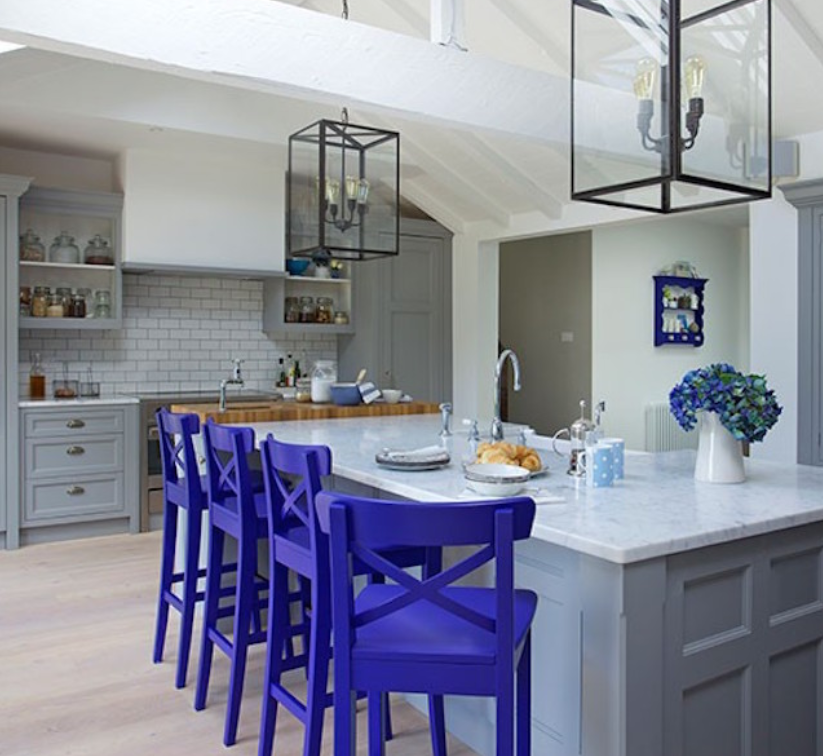We’ve all scrolled through endless home design magazines and online galleries, captivated by stunning kitchen photos. They’re beautiful, no doubt. But have you ever stopped to think that these images are more than just eye candy? They’re carefully crafted narratives, telling a story about how a kitchen functions, who uses it, and the life lived within its walls. It’s a fascinating world, this visual storytelling in kitchen design, and what those photographs reveal can be quite surprising.
The kitchen. It’s often called the heart of the home, and for good reason. It’s where meals are prepared, conversations flow, and memories are made. In the realm of kitchen design, photographs act as powerful storytellers. They don’t just show us cabinets and countertops; they hint at the rhythm of daily life, the passions of the inhabitants, and the very essence of the space. Think about it: a perfectly styled shot might show gleaming surfaces and untouched appliances, suggesting a pristine, rarely-used space. Or, a slightly more lived-in photo, perhaps with a well-loved cutting board and a bowl of fresh produce, tells a different tale altogether – one of active use and culinary creation. It’s in these subtle details that the real story unfolds, far beyond the initial visual appeal.
Functionality Through Framing: How Layout and Features Speak Volumes
When you look at a kitchen photo, pay attention to how the space is framed. Is the primary cooking zone clearly visible and accessible? Are work triangles (the imaginary lines connecting the sink, stove, and refrigerator) evident? A photographer’s choice of angle can highlight efficient workflows or, conversely, might obscure potential bottlenecks. For instance, a shot that prominently features a large, unobstructed island with seating suggests a hub for both cooking and socializing. Another photo might focus on a well-organized pantry or a dedicated coffee station, revealing the homeowner’s specific priorities and routines. These visual cues are crucial for understanding the kitchen’s intended use. A well-placed pot rack, a drawer filled with neatly arranged utensils, or even the proximity of a trash receptacle – these elements, often captured in a single frame, communicate a great deal about the design’s practicality and thoughtfulness. It’s like reading between the lines, but with visuals.
Lifestyle and Personality: The Objects That Tell Tales
Beyond the fixtures and fittings, it’s often the personal touches that truly bring a kitchen’s story to life. What objects are left out? A collection of antique cookbooks on display speaks of a love for traditional recipes and perhaps a heritage connection. Vibrant bowls of fruit and vegetables might signal a healthy, active lifestyle. Even the choice of decorative items – a quirky piece of art, a stack of well-worn family photos, or a beloved houseplant – can offer profound insights into the occupants’ personalities and interests. Consider a photo that captures a child’s drawing taped to the refrigerator, or a well-used apron hanging on a hook. These aren’t just decorations; they are narrative threads that weave a personal tapestry. They show us that this isn’t just a showroom kitchen; it’s a place where real life happens, a space that reflects the people who inhabit it. These details make a kitchen relatable and human.
The Power of Light and Atmosphere: Setting the Emotional Tone
The way a kitchen is lit in a photograph profoundly impacts the story it tells. Is the light bright and airy, suggesting a cheerful and energetic environment? Or is it softer, perhaps with warm pendant lights illuminating a cozy breakfast nook, hinting at intimacy and relaxation? Natural light, often captured streaming through a window, can evoke feelings of openness and connection to the outdoors. The absence of harsh shadows or the deliberate use of accent lighting can highlight specific features or create a particular mood. A photograph taken during the evening, with warm, inviting light, might tell a story of family dinners and quiet evenings. Conversely, a bright, sun-drenched morning shot could speak to early risers and busy family breakfasts. The photographer’s skill in manipulating light and shadow is paramount in shaping our perception and understanding of the kitchen’s atmosphere and the emotional tone it aims to convey.
Color Palette and Material Choices: Expressing Identity
The colors and materials chosen for a kitchen are powerful communicators of style and personality. A kitchen drenched in cool blues and grays might evoke a sense of calm and modernity. Warm wood tones and earthy ceramics often suggest a more traditional, grounded feel. Bold, vibrant colors can signal creativity and a playful spirit, while a monochromatic scheme might point towards sophistication and minimalism. Think about the textures, too. The sleekness of polished concrete, the rustic charm of reclaimed wood, or the subtle sheen of marble all contribute to the narrative. A photo showcasing a deep emerald green island paired with brass hardware tells a different story than one featuring crisp white cabinetry and stainless steel accents. These choices are deliberate, reflecting the homeowner’s aesthetic preferences and the overall desired character of the home. They are visual declarations of identity.
The Unseen Details: What’s Not Photographed?
Sometimes, what’s left out of a kitchen photo is just as telling as what’s included. Is there a lack of clutter, suggesting an almost unattainable level of organization, or perhaps a deliberate staging to create an idealized image? If a photo shows a pristine, empty countertop, it might be trying to sell a vision of effortless elegance, but does it reflect the reality of a working kitchen? Conversely, a photo that’s too messy might fail to showcase the design’s potential. The absence of certain elements can also be revealing. If a family-oriented kitchen photos lacks any signs of children’s items or accessibility features, it might be telling a story of a specific demographic or a design that prioritizes a certain aesthetic over broader usability. Understanding what’s intentionally omitted helps us to critically assess the narrative being presented and to discern the intended message.
Crafting Your Own Kitchen’s Visual Story
So, how can you apply this to your own kitchen? When you’re thinking about showcasing your space, whether for personal memories or professional purposes, consider what story you want to tell. What are the key features you want to highlight? What aspects of your lifestyle or personality do you want to convey? Think about the objects you place in the frame – your favorite mugs, a well-loved cookbook, a bowl of fresh herbs from your garden. Pay attention to the light; open curtains for natural brightness or set the mood with ambient lighting. Arrange your space to reflect how you actually use it, not just how you think it should look. Even small details, like a neatly folded tea towel or a strategically placed plant, can add depth and character to your visual narrative. Your kitchen has a story, and with a little intention, you can help it shine through.
Ultimately, kitchen photos are far more than just pretty pictures. They are windows into lives, reflections of personal style, and testaments to functional design. By learning to read the visual cues – the layout, the personal objects, the lighting, the colors, and even the absences – we can gain a deeper appreciation for the artistry and intention behind kitchen design. And when we think about our own kitchens, we can recognize the stories they hold and perhaps even choose to tell them a little more deliberately. It’s a continuous dialogue between design, function, and the human experience, all captured in a single frame.

